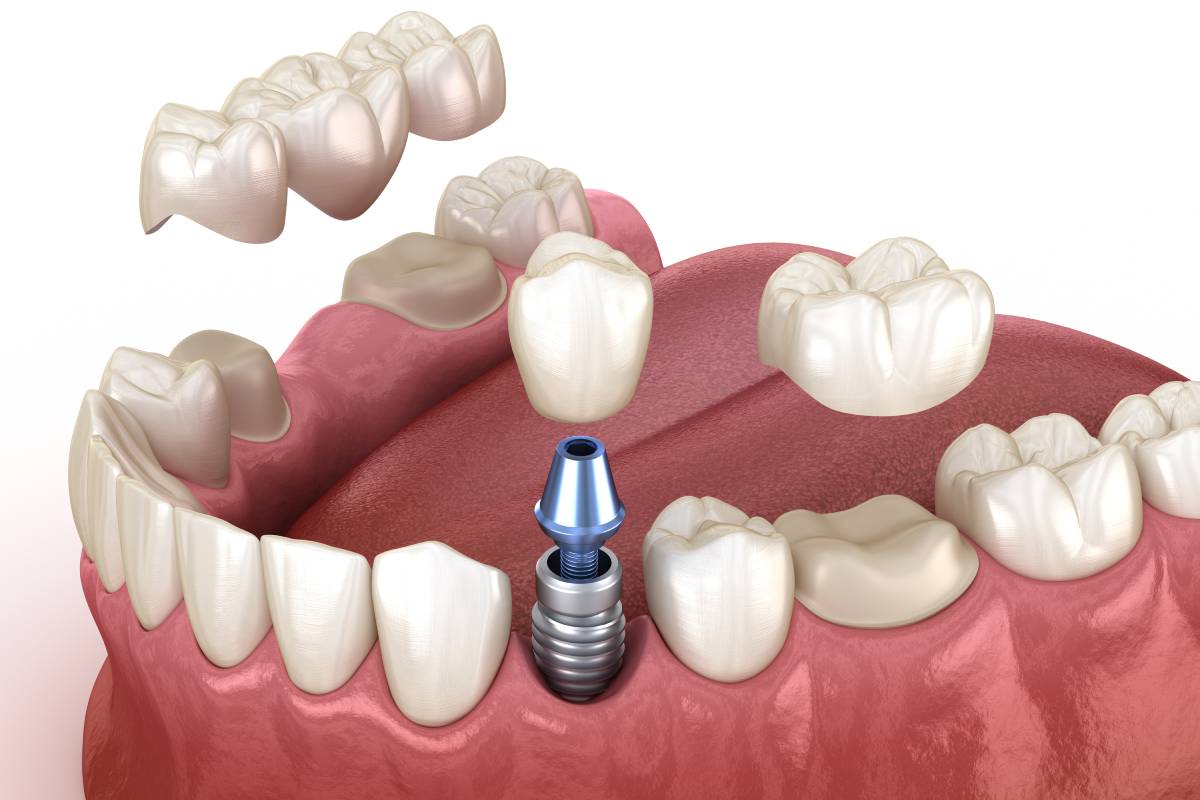
DENTAL CROWN AND BRIDGE
If you have decayed or broken teeth which could not be fixed by simple fillings or if you’d like to improve the overall aesthetics of your smile, dental crowns and bridges could be the solution. These treatments provided within the practice, are also used after root canal treatment.
DENTAL CROWNS
Dental crowns – sometimes referred to as caps – are used during dental restoration work to fit over your natural teeth. They protect from further damage while improving the look of your smile with renewed shape and colour.
Different crown materials are available under NHS and private. NHS services offers metal crowns on molars and traditional porcelain bonded to metal crowns on front and middle teeth. However, with increase in awareness and demand of cosmetic treatments, we provide tooth-coloured crowns on back teeth on a private basis. The crowns that we provide on a private basis can be bonded crowns (crowns with a metal core and porcelain overlay), but more commonly are the more modern “full porcelain” crowns that contain no metal and provide exceptional aesthetics.
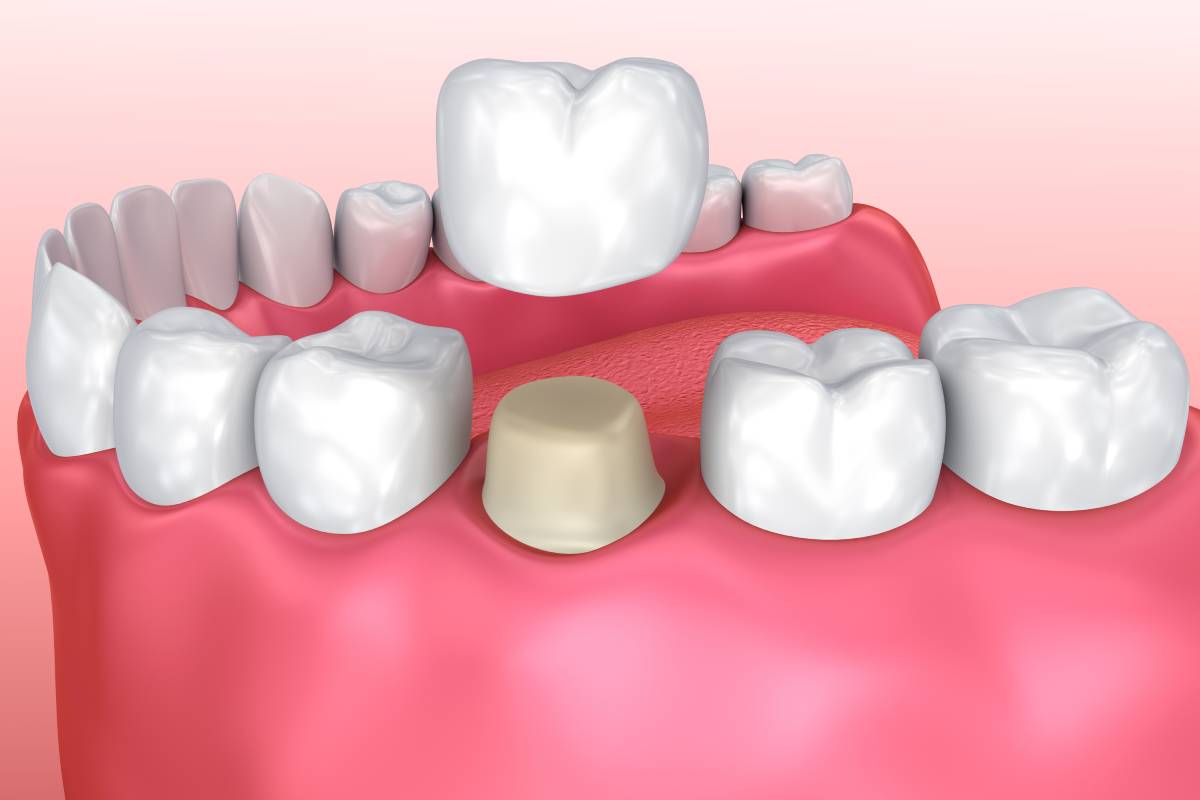
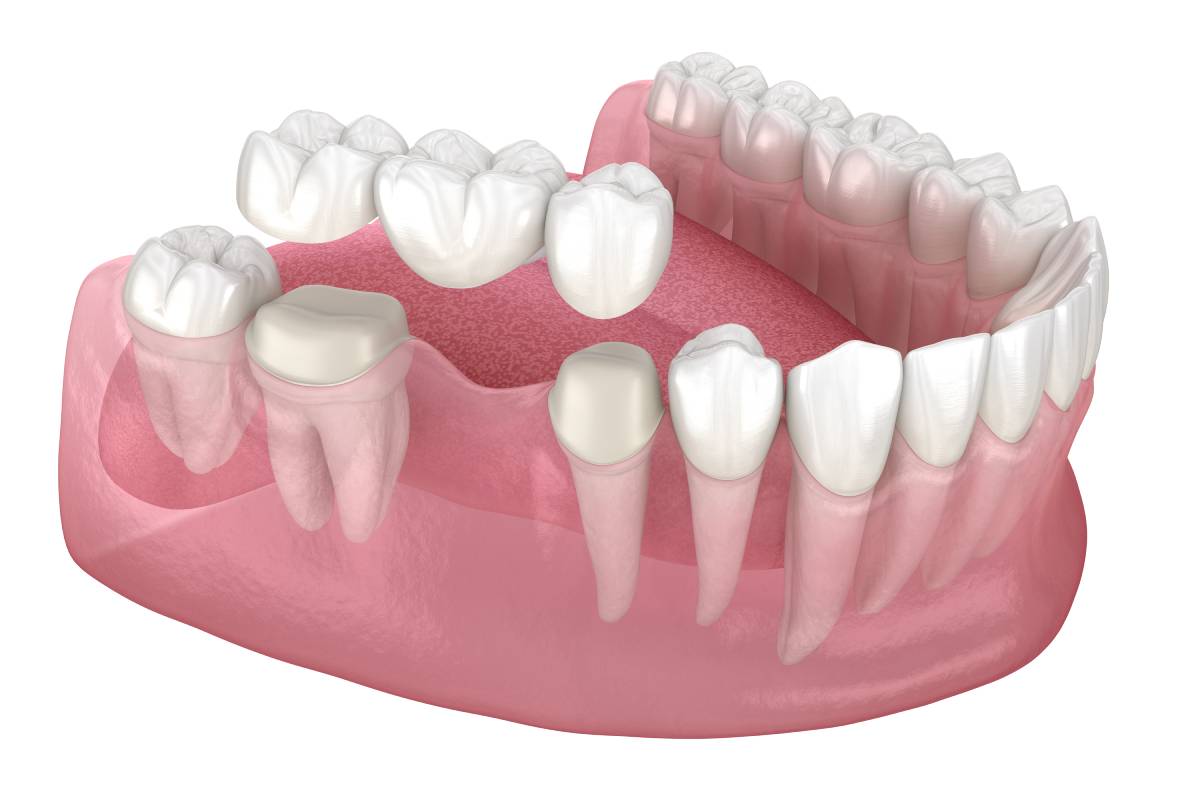
DENTAL BRIDGES
Dental bridges are another restorative missing teeth replacement option used when a tooth is missing. Crowns are placed on each side of the gap, connected to a false tooth which sits in place of the missing tooth/teeth.
We believe in patient choice, so we offer several options for crown and bridge treatments. If you’d prefer more traditional hand-made ceramic crowns, this can be done by our expert dental labs using the highest standard materials. All of our private ceramic treatments are of the highest quality – guaranteeing reliable, durable results that look fantastic.
BRIDGE THE MISSING TOOTH SPACE
TYPES OF DENTAL BRIDGES
There are several options of dental bridges. It might sound bit technical for you, so don’t worry, our professionals can discuss these options in detail and will help you to choose best option.
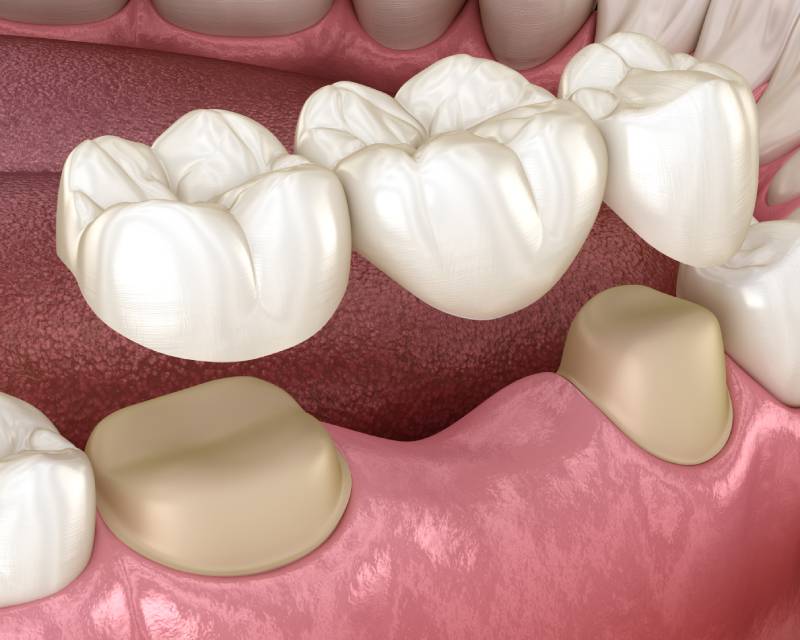
CONVENTIONAL BRIDGE
This type of bridge can be done when there are healthy teeth on either side of the gap for support. Conventional bridges are typically made from porcelain (metal free) or porcelain fuse to metal.
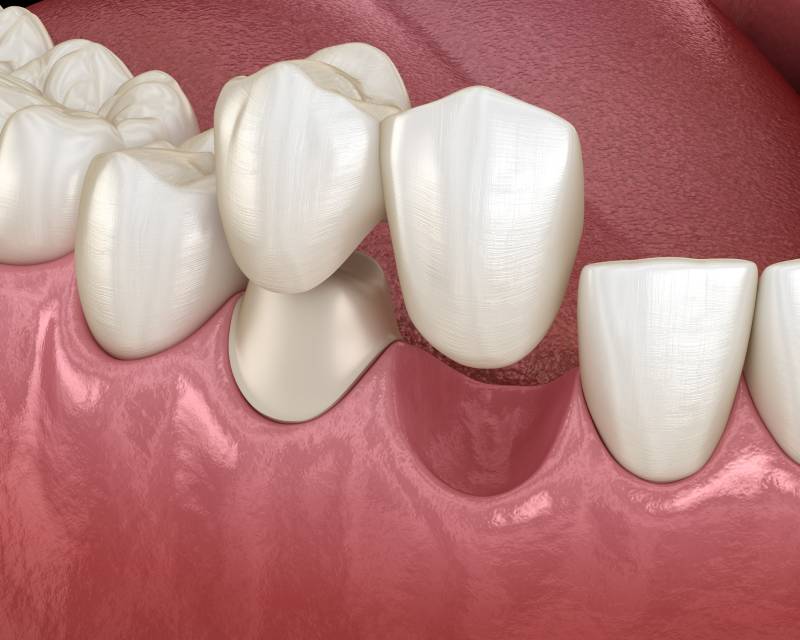
CANTILEVER BRIDGE
This type of bridge can be done by taking support from one adjacent healthy and strong tooth on one side of the gap. A cantilever bridge is similar to a conventional bridge. The only difference is it takes support from one adjacent tooth instead of two.
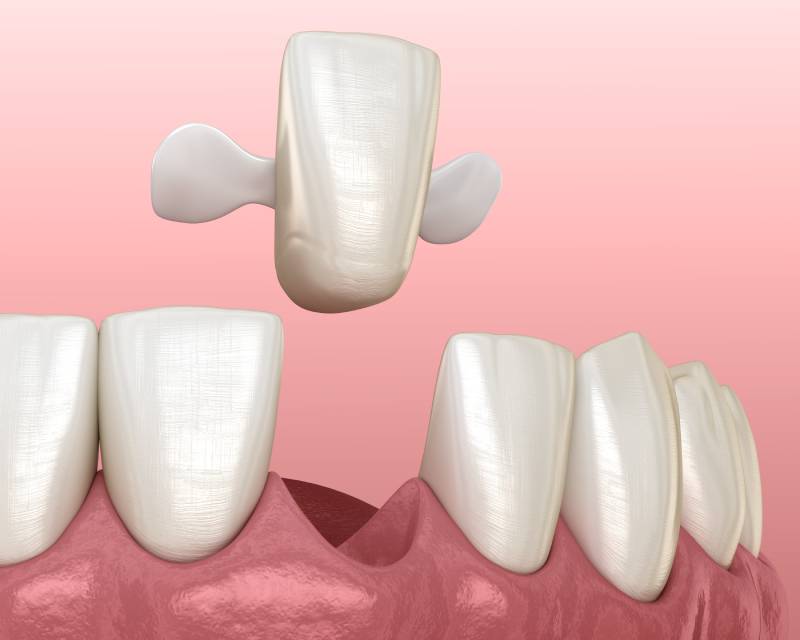
MARYLAND BONDED BRIDGES
These are commonly known as resin-bonded bridges and can be made from a combination of porcelain and metal. They are attached to the adjacent teeth using porcelain or metal wings, hence least invasive option.
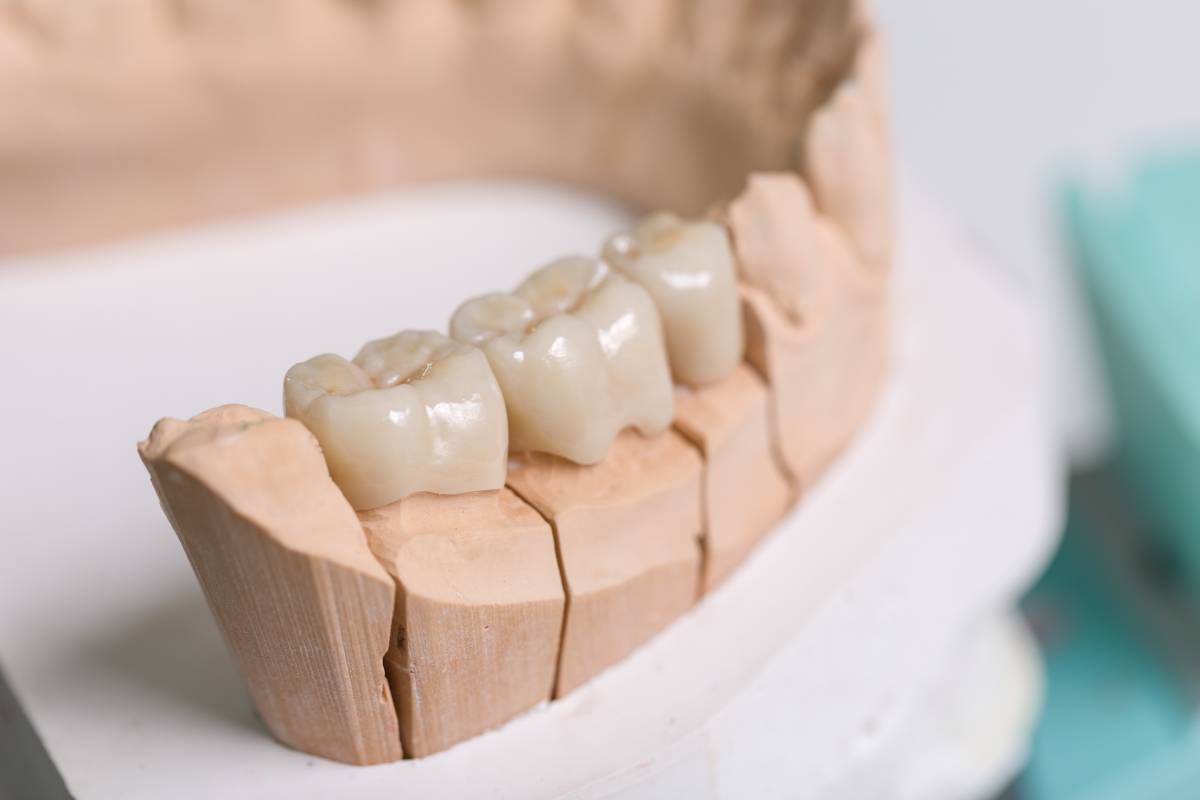
THE PROCESS
Before starting process, there will be consultation to find out whether a bridge is a right option for you. We’ll discuss in detail about the various types of options on offer, and we take an X-ray of your adjacent teeth to make sure adjacent teeth are good enough for supporting bridge.
At your first appointment, we’ll prepare the teeth depending upon type of bridge, creating space to ensure they can easily support the artificial tooth. After tooth/teeth preparation, we will take moulds to get it constructed in the lab. We’ll then temporarily cover the prepared teeth while the permanent bridge one is getting constructed in the laboratory. In the next appointment, we’ll replace the temporary bridge with its permanent replacement. We will match the shade and shape of your existing teeth for a completely seamless appearance as much as possible. There will be review appointment in a few weeks to make sure you’re happy with your new tooth/teeth.
BEFORE & AFTER
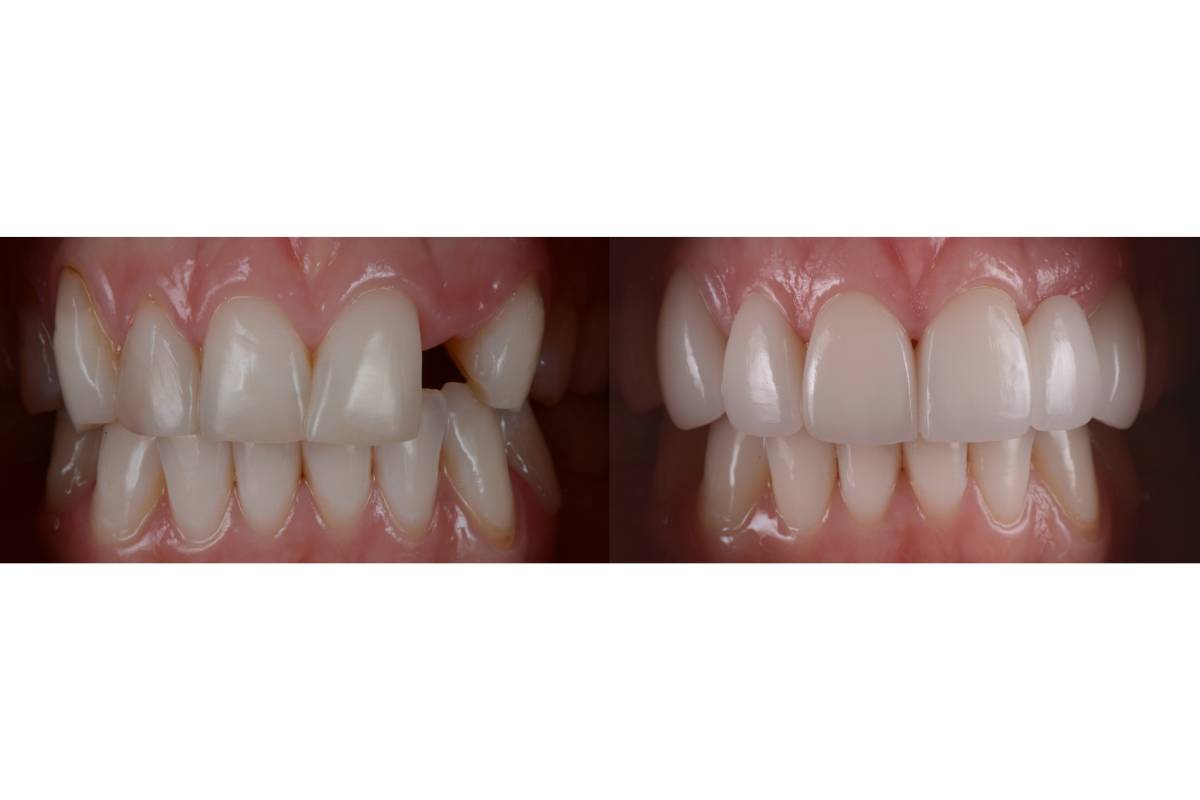
Problem
The Upper left front tooth missing and the patient wanted a smile make over.
Treatment
Whitening, Composite build up and Cantilever fixed bridge.
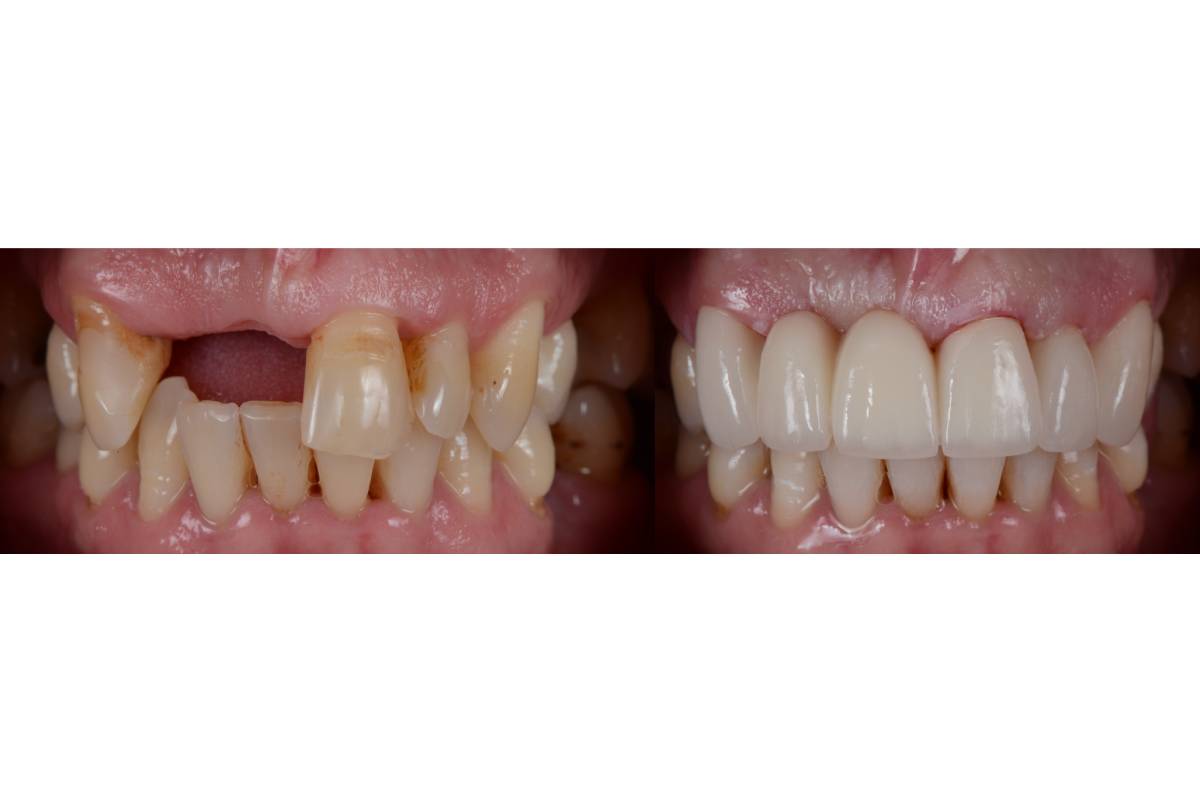
Problem
Upper Right front teeth missing and stained teeth.
Treatment
Whitening, fixed bridge, and composite bonding to improve front teeth appearance.






